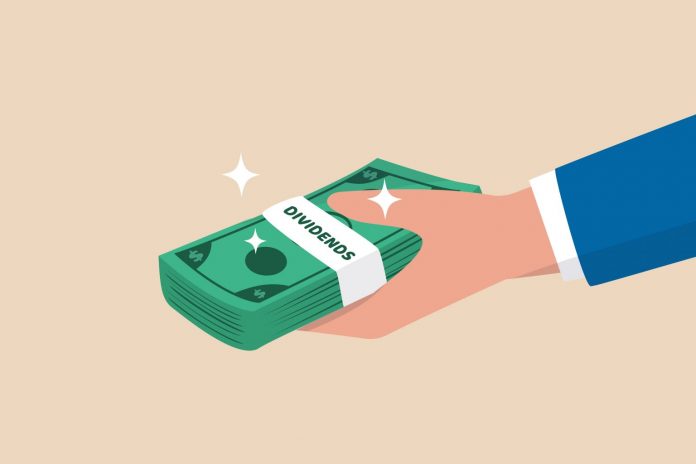Preferred shares are a combination of debt and equity security. They are like debt, in the sense that they usually pay a fixed dividend as in bonds, and unlike equity shares. However, if an issuer misses a coupon payment on a bond, it results in default. On the other hand, if a preferred dividend is missed, usually it is carried forward and paid later.
Until the issuer completes paying dividends to preferred shareholders, the company cannot pay a dividend to equity shareholders. The category of preferred shares which require the carry forward of unpaid dividends is called cumulative preferred shares whereas, in non-cumulative shares, a dividend that is skipped is lost forever.
Preferred dividends
The understanding of the word ‘preferred’ means that the holders of these are given more preference than the equity shareholders. Preferred dividends are paid out of post-tax profits. They do not offer a tax shield to the issuer.
The board of directors is required to formally approve the preferred dividends before their payment just like an equity dividend payment.
Apart from plain vanilla preferred shares, there are different types of preferred shares. Callable preferred shares can be called by or redeemed by the issuer before their maturity. If rates fall, this call option will be exercised, and the issuer can issue fresh stock with a lesser rate of dividends. Just like a convertible bond, convertible preferred shares can be converted to equity shares.
Adjustable-Rate Preferred shares or ARPs, are similar to floating rate bonds. These shares have dividends linked to a benchmark and vary along with it. Participatory preferred shares are preferred shares with a touch of equity wherein they offer a fixed dividend and holders share the profits of the issuing firm in a particular year.
Cumulative convertible
These types of preferred shares are not so popular with investors. In 1986, these shares were a flop when proposed by the Indian finance minister. These shares are riskier and do not offer profit sharing. Also, it amounts to be taxed twice, once where it is taxed in the hands of shareholders and then because it comes out of the post-tax profits of the issuing company. In the US, mostly the preferred dividends received by corporate shareholders are tax exempt. That is why they have a demand in the US market.
Price appreciation that happens due to better performance of the issuing entity is muted in the case of plain vanilla preferred shares as in the event of better performance, the benefits are given directly to the equity shareholders. However, the price of a preferred share fluctuates due to variations in required yields. Just like in debt instruments, if interest rates were to decline, the prices of such shares would rise and vice versa.
Follow and connect with us on Facebook, LinkedIn & Twitter

